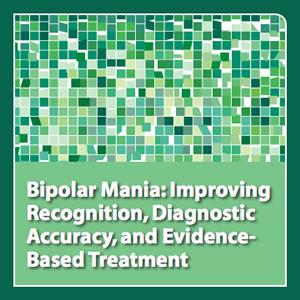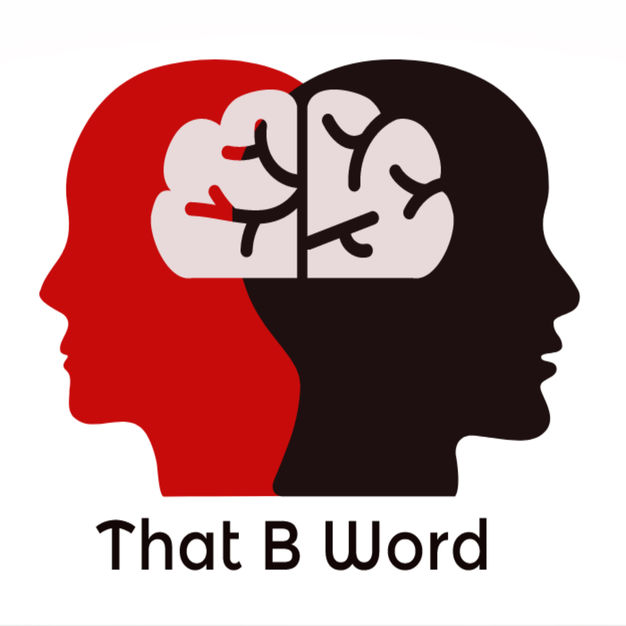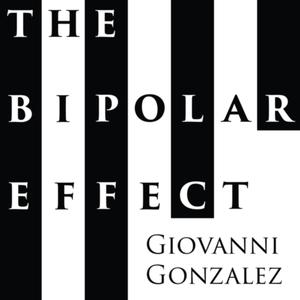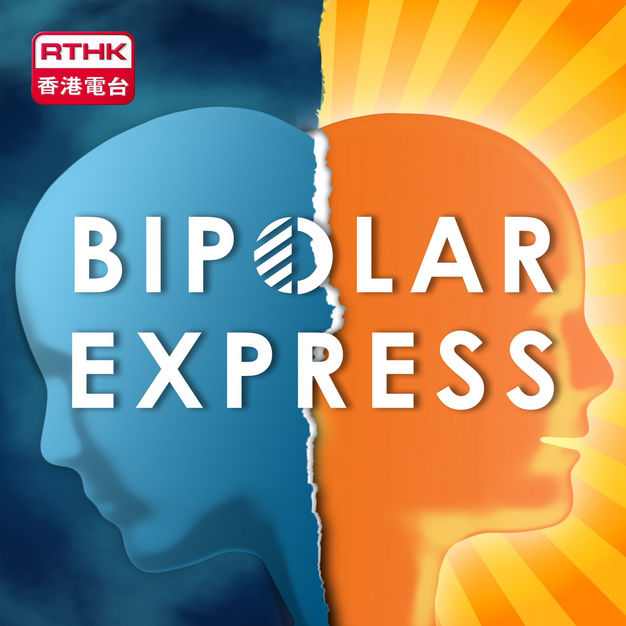
neuroscienceCME - Bipolar Mania: Improving Recognition, Diagnostic Accuracy, and Evidence-Based Treatment
CME Outfitters
A cardinal feature of bipolar disorder is the irregular recurrence of alternating abnormal mood states including depression, mania, and mixed states. Mania is frequently revealed retrospectively; patients are often not accurate in their recall of the severity and duration of symptoms, which can add further complexity to diagnosis. Symptoms of mania can include racing thoughts, pressured speech, irritability, lack of sleep, sexual preoccupation, excessive energy, and expansive mood, all of which can lead to problems at home, work, or school. Symptoms vary across individuals and disease course, and are often accompanied by comorbidities, all of which can pose diagnostic challenges. Delayed treatment has been shown to be associated in some cases with increased hospitalizations, greater risk of suicide, emergence of comorbid conditions, and global impairment. Once stabilized, maintenance treatment—pharmacotherapy, patient and family education, and psychosocial support—must be considered to prevent relapse, achieve better stability of mood, and improve function. In this interactive and evidence-based neuroscienceCME Live and On Demand activity, the expert faculty will translate the evidence to improve outcomes in patients through better recognition, diagnosis, and treatment of bipolar mania. This activity also includes a special "After the Show" segment during which the faculty answers additional audience questions in an informal Q&A session.
- 27 minutes 25 seconds"After the Show" Q&A Session - Bipolar Mania: Improving Recognition, Diagnostic Accuracy, and Evidence-Based TreatmentJoin the faculty from the "Bipolar Mania: Improving Recognition, Diagnostic Accuracy, and Evidence-Based Treatment" neuroscienceCME TV broadcast as they answer additional audience questions in an informal Q&A session.25 November 2009, 5:59 pm
- 1 hour 1 minuteMP3 Audio File - Bipolar Mania: Improving Recognition, Diagnostic Accuracy, and Evidence-Based TreatmentA cardinal feature of bipolar disorder is the irregular recurrence of alternating abnormal mood states including depression, mania, and mixed states. Mania is frequently revealed retrospectively; patients are often not accurate in their recall of the severity and duration of symptoms, which can add further complexity to diagnosis. Symptoms of mania can include racing thoughts, pressured speech, irritability, lack of sleep, sexual preoccupation, excessive energy, and expansive mood, all of which can lead to problems at home, work, or school. Symptoms vary across individuals and disease course, and are often accompanied by comorbidities, all of which can pose diagnostic challenges. Delayed treatment has been shown to be associated in some cases with increased hospitalizations, greater risk of suicide, emergence of comorbid conditions, and global impairment. Once stabilized, maintenance treatment—pharmacotherapy, patient and family education, and psychosocial support—must be considered to prevent relapse, achieve better stability of mood, and improve function. In this interactive and evidence-based neuroscienceCME Live and On Demand activity, the expert faculty will translate the evidence to improve outcomes in patients through better recognition, diagnosis, and treatment of bipolar mania.25 November 2009, 5:59 pm
- PDF Course Materials - Bipolar Mania: Improving Recognition, Diagnostic Accuracy, and Evidence-Based TreatmentBipolar Mania: Improving Recognition, Diagnostic Accuracy, and Evidence-Based Treatment - PDF Course Materials25 November 2009, 5:46 pm
- More Episodes? Get the App
Your feedback is valuable to us. Should you encounter any bugs, glitches, lack of functionality or other problems, please email us on [email protected] or join Moon.FM Telegram Group where you can talk directly to the dev team who are happy to answer any queries.
 Living Bipolar
Living Bipolar
 My Bipolar Life
My Bipolar Life
 That B Word: Bipolar | Borderline | Beautiful
That B Word: Bipolar | Borderline | Beautiful
 Bipolar Style
Bipolar Style
 The Bipolar Effect with Giovanni Gonzalez
The Bipolar Effect with Giovanni Gonzalez
 Bipolar Express
Bipolar Express